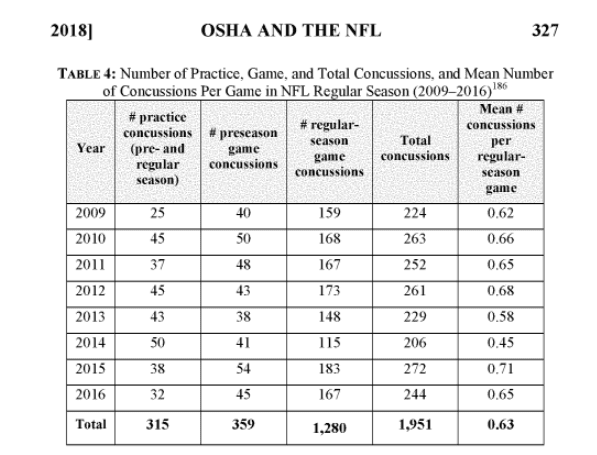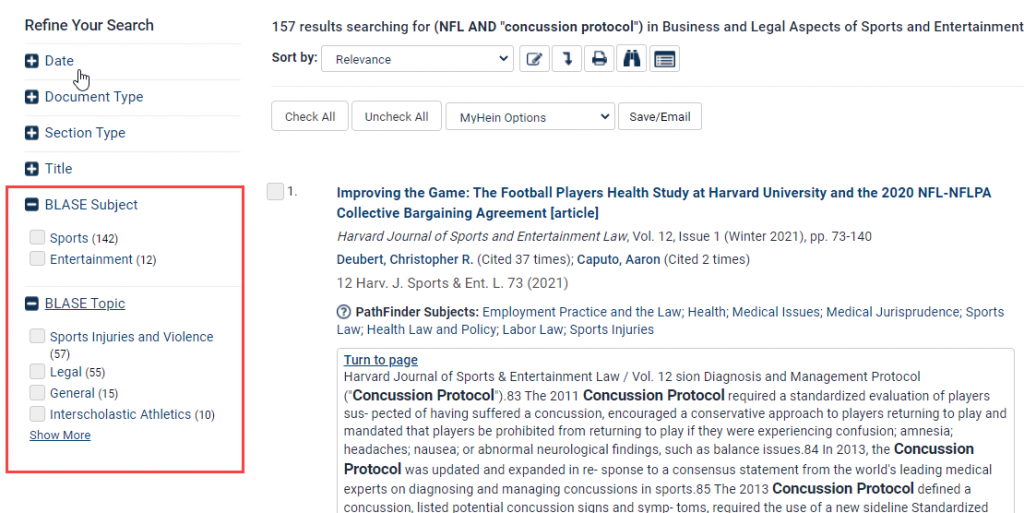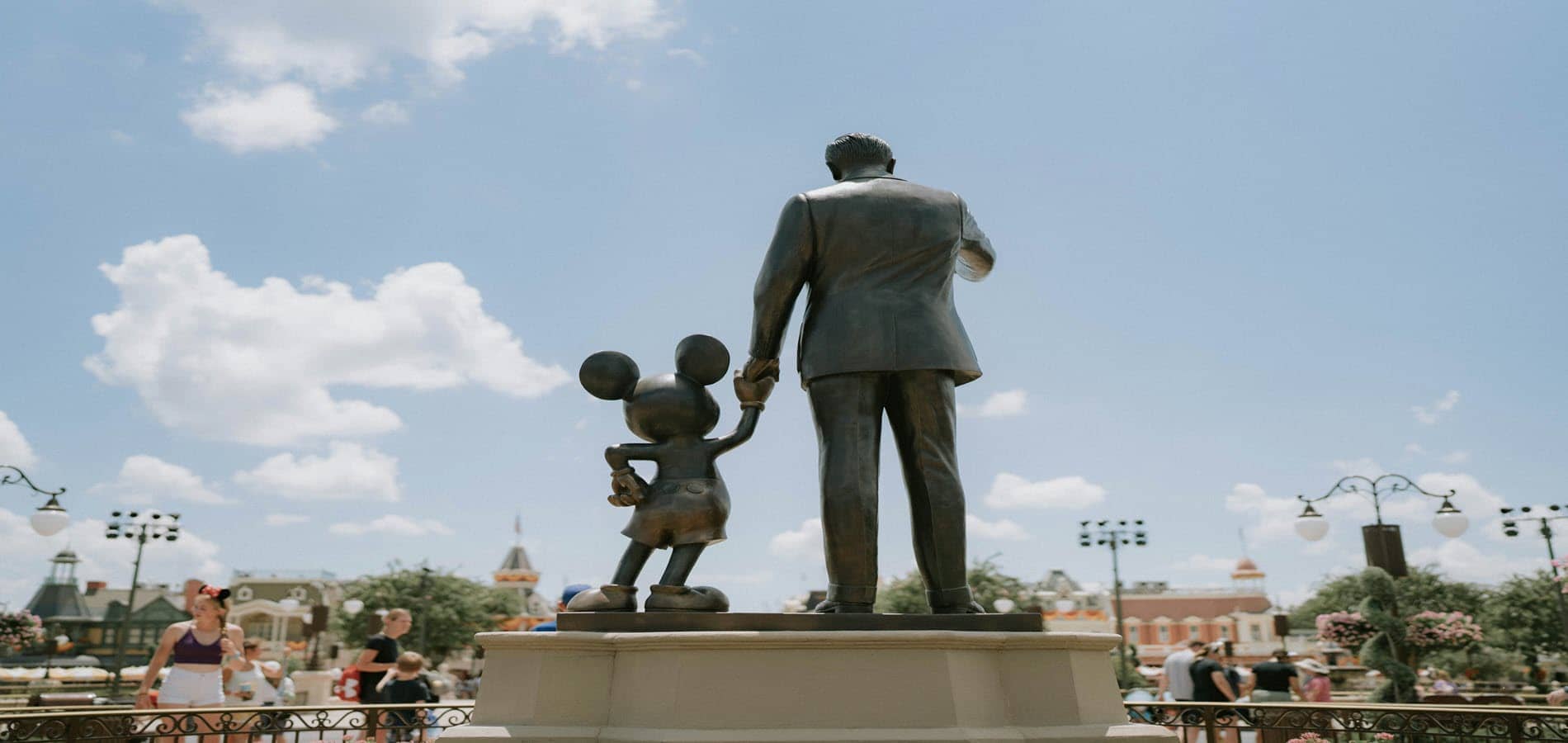On September 25th, the Buffalo Bills played the Miami Dolphins in a much anticipated NFL game between rivals. However, the game itself isn’t what sparked controversy. Tua Tagovailoa, Miami Dolphins starting quarterback, was tackled late in the first half of the game. After shaking his head and standing back up, Tagovailoa stumbled to the ground, requiring help from his teammates to steady himself. He received a medical evaluation for a concussion and returned to the game shortly after. After the game, coach Mike McDaniel attributed Tagovailoa’s wobbly legs to a back injury stemming from a few plays earlier.
Fast forward to four days later, when the Miami Dolphins played the Cincinnati Bengals in a Thursday night game. Tagovailoa was sacked and cameras zoomed in to show his arms and fingers flexed unnaturally, which has been referred to as a “fencing response,”[1]NFL Head, Neck and Spine Committee’s Concussion Diagnosis and Management Protocol (2022). This document can be found in HeinOnline’s Business and Legal Aspects of Sports and Entertainment database. that can indicate a brain injury. Many viewers, including former players and concussion experts, took to social media to criticize the decision allowing Tagovailoa back on the field. Soon after, the president of the NFL Players’ Association (NFLPA), JC Tretter tweeted that an investigation was underway.
I take no pleasure in being right. Pray for Tua. We saw this coming. Get angry. Get involved with @ConcussionLF to make sure the @NFL can't do this again. https://t.co/qbZLlgvk5S
— Chris Nowinski, Ph.D. (@ChrisNowinski1) September 30, 2022
As a result of the investigation, the Unaffiliated Neurotrauma Consultant who allowed Tagovailoa back on the field was let go. There is no known instance[2]Christopher R. Deubert, I. Glenn Cohen & Holly Fernandez Lynch, Protecting and Promoting the Health of NFL Players: Legal and Ethical Analysis and Recommendations, 7 HARV. J. Sports & ENT. L. 1 (2016). … Continue reading where an Unaffiliated Neurotrauma Consultant has disagreed with the club doctor on allowing a player back on the field. However, these consultants play a major role in upholding concussion protocol. Days later, the NFL and NFLPA announced in a joint statement that the league’s concussion protocol had been modified. They stated while “the step-by-step process outlined in the concussion protocol was followed, the outcome in this case was not what was intended.” The biggest change in the protocol was an emphasis on ataxia, a “no-go” sign.[3]NFL Head, Neck and Spine Committee’s Concussion Diagnosis and Management Protocol (2022). This document can be found in HeinOnline’s Business and Legal Aspects of Sports and Entertainment database. Previously, if a player displayed ataxia, defined as poor muscle control and clumsy movements, they could return to the game if there was another explanation for the player’s instability (cue Tua’s wobbly legs). With the new protocol, if a player displays symptoms of ataxia, they cannot return to the game under any circumstances. View the recently updated concussion protocol in HeinOnline’s Business and Legal Aspects of Sports and Entertainment database.
A Look Back
Evidence suggests that returning too early to a play after a concussion can put someone at risk for another concussion, potentially causing cumulative brain injury.[4]Theresa S. Kim, Tackling Head Injuries in Youth and Interscholastic Football with NFL Contract Reform, 24 Sports LAW. J. 71 (2017). This document can be found in HeinOnline’s Law Journal Library In 2011, the NFL and NFLPA agreed to a new collective bargaining agreement (CBA) that included $11 million to be used towards researching player health[5]Christopher R. Deubert & Aaron Caputo, Improving the Game: The Football Players Health Study at Harvard University and the 2020 NFL-NFLPA Collective Bargaining Agreement, 12 HARV. J. Sports & ENT. L. 73 (2021). This document can be … Continue reading up until 2021. In 2014, the NFPLA and Harvard University agreed to create the Football Players Health Study at Harvard University (FPHS), with a focus on medical studies, as well as law and ethics.
The FPHS conducted the largest medical survey of former NFL players across approximately 20,000 players. In addition, they compiled medical information from more than 3,700 of these people. Results showed that 40% of former players reported “daily problems due to cognitive dysfunction,”[6]Christopher R. Deubert & Aaron Caputo, Improving the Game: The Football Players Health Study at Harvard University and the 2020 NFL-NFLPA Collective Bargaining Agreement, 12 HARV. J. Sports & ENT. L. … Continue reading depression, and anxiety associated with concussions. The study indicated that in comparison to other major sports leagues, such as the NHL and MLB, players from the NFL were subject to higher health risks. Below is a chart displaying the mean number of concussions[7]Adam M. Finkel , Christopher R. Deubert , Orly Lobel, I. Glenn Cohen & Holly Fernandez Lynch, The NFL as a Workplace: The Prospect of Applying Occupational Health and Safety Law to Protect NFL Workers, … Continue reading per NFL regular season games between 2009-2016.

Beginning in July 2011, a few former NFL players filed lawsuits against the NFL for negligence in their handling of concussions. Later, these were consolidated into a single class action, otherwise known as the “Concussion Litigation.”[8]Elise Michael, School of Hark Knocks – The Impact of the NFL Concussion Litigation, 33 CARDOZO Arts & ENT. L.J. 289 (2015). This document can be found through HeinOnline’s integration with Fastcase By January 2014 a settlement was reached, and it was later confirmed in April 2015. With the settlement, the NFL did not have to admit any wrongdoing or liability, but each player was granted an opportunity to undergo a neurological and neuropsychological exam[9]Christopher R. Deubert & Aaron Caputo, Improving the Game: The Football Players Health Study at Harvard University and the 2020 NFL-NFLPA Collective Bargaining Agreement, 12 HARV. J. Sports & ENT. L. … Continue reading with possible monetary awards for ALS, Parkinson’s disease, Alzheimer’s, or dementia. As of January 2022, the NFL has paid more than $861 million[10]Joseph A. Samuel, Jr., In the Latest Chapter of NFL Concussion Litigiation Saga, NFL Fights with Its Insurers—and its Insurers Fight Among Themselves—Over $1 Billion in Coverage,19 Sports Litig. Alert 1 (2022). This document can be found in … Continue reading towards this fund.
Learn More
Did you know we offer sports-related databases? Learn about how to expand your knowledge on sports and the law using HeinOnline.
1. Hackney Publications
HeinOnline has partnered with Hackney Publications to bring an in-depth exploration of the legal side of sports to users and deliver mission-critical information to professionals who have chosen the sports industry as their field.
With a subscription to Hackney Publications, users can access current content from the Concussion Litigation Reporter (CLR), a monthly periodical produced by Hackney Publications. CLR, which has been published for more than a decade, tracks important legal developments at the intersection of concussion and sport. Subscribers have access to not only current news, case summaries, and articles, but an extensive archive of close to 1,000 pieces of editorial content.
2. Business and Legal Aspects of Sports and Entertainment
With HeinOnline’s Business and Legal Aspects of Sports and Entertainment database, users can find thousands of topic-coded articles, hundreds of topic-coded cases, government documents, court decisions, and informative scope notes from the editors. Learn more about this topic two different ways using this highly editorialized database.
Within the database, run a simple search for NFL AND “concussion protocol.” Then using the BLASE Topic and BLASE Subject facets, narrow down your results even further.

HeinOnline’s Business and Legal Aspects of Sports and Entertainment (BLASE) builds upon HeinOnline’s historical strengths in legal periodical literature, case law, and U.S. federal and state materials by providing a unique topical arrangement for the documents within, while also adding many important resources not previously available in HeinOnline. Learn more in this short video.
HeinOnline Sources[+]
| ↑1, ↑3 | NFL Head, Neck and Spine Committee’s Concussion Diagnosis and Management Protocol (2022). This document can be found in HeinOnline’s Business and Legal Aspects of Sports and Entertainment database. |
|---|---|
| ↑2 | Christopher R. Deubert, I. Glenn Cohen & Holly Fernandez Lynch, Protecting and Promoting the Health of NFL Players: Legal and Ethical Analysis and Recommendations, 7 HARV. J. Sports & ENT. L. 1 (2016). This document can be found within HeinOnline’s Law Journal Library |
| ↑4 | Theresa S. Kim, Tackling Head Injuries in Youth and Interscholastic Football with NFL Contract Reform, 24 Sports LAW. J. 71 (2017). This document can be found in HeinOnline’s Law Journal Library |
| ↑5 | Christopher R. Deubert & Aaron Caputo, Improving the Game: The Football Players Health Study at Harvard University and the 2020 NFL-NFLPA Collective Bargaining Agreement, 12 HARV. J. Sports & ENT. L. 73 (2021). This document can be found in HeinOnline’s Business and Legal Aspects of Sports and Entertainment database. |
| ↑6, ↑9 | Christopher R. Deubert & Aaron Caputo, Improving the Game: The Football Players Health Study at Harvard University and the 2020 NFL-NFLPA Collective Bargaining Agreement, 12 HARV. J. Sports & ENT. L. 73 (2021). This document can be found in HeinOnline’s Business and Legal Aspects of Sports and Entertainment database. |
| ↑7 | Adam M. Finkel , Christopher R. Deubert , Orly Lobel, I. Glenn Cohen & Holly Fernandez Lynch, The NFL as a Workplace: The Prospect of Applying Occupational Health and Safety Law to Protect NFL Workers, 60 ARIZ. L. REV. 291 (2018). This document can be found in HeinOnline’s Law Journal Library |
| ↑8 | Elise Michael, School of Hark Knocks – The Impact of the NFL Concussion Litigation, 33 CARDOZO Arts & ENT. L.J. 289 (2015). This document can be found through HeinOnline’s integration with Fastcase |
| ↑10 | Joseph A. Samuel, Jr., In the Latest Chapter of NFL Concussion Litigiation Saga, NFL Fights with Its Insurers—and its Insurers Fight Among Themselves—Over $1 Billion in Coverage,19 Sports Litig. Alert 1 (2022). This document can be found in HeinOnline’s Business and Legal Aspects of Sports and Entertainment database. |



